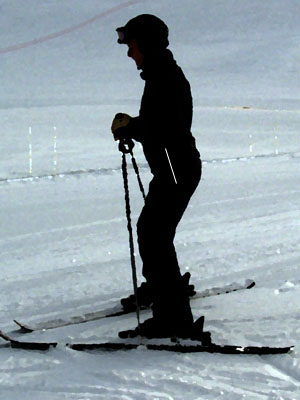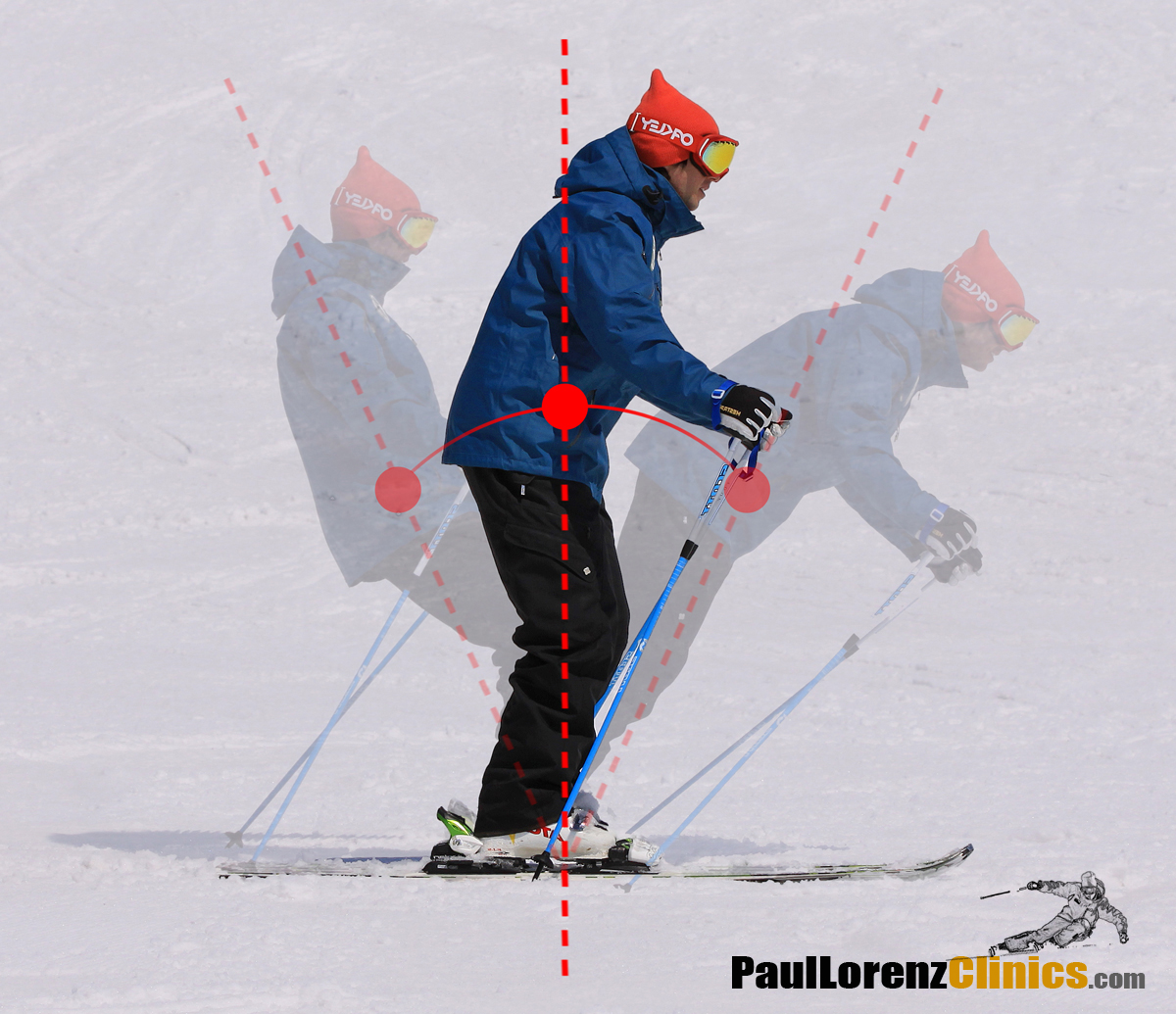- Joined
- Dec 2, 2015
- Posts
- 24,980
Do you work on this in the car? I've been playing with moving the pelvis back, feeling the lower back in the seat, and just lightly gripping the steering wheel. I find otherwise I tend to slouch and lean on the wheel. Its a default habit. Just not leaning on the wheel, having almost no forward weight on it, seems to make you use core muscles. Plus better posture. This is made easier by tilting the pelvis back.From personal experience I can testify that muscularly maintaining a posterior-ish pelvic tilt (image below on right) helps undo the damage a big Q angle creates. It also activates core muscles and helps to solidify a floppy spine, which not everyone suffers from - but I do.

Now how do you get the rounded back?
One more, then maybe I'll quit. Here's a skier with anterior pelvic tilt.
Another way of saying this is arched lower back; same thing.
We do NOT want to be doing this while skiing, no matter how high our skill level.

Well... She is controlling the relationship of her COM over her Base of Support.




